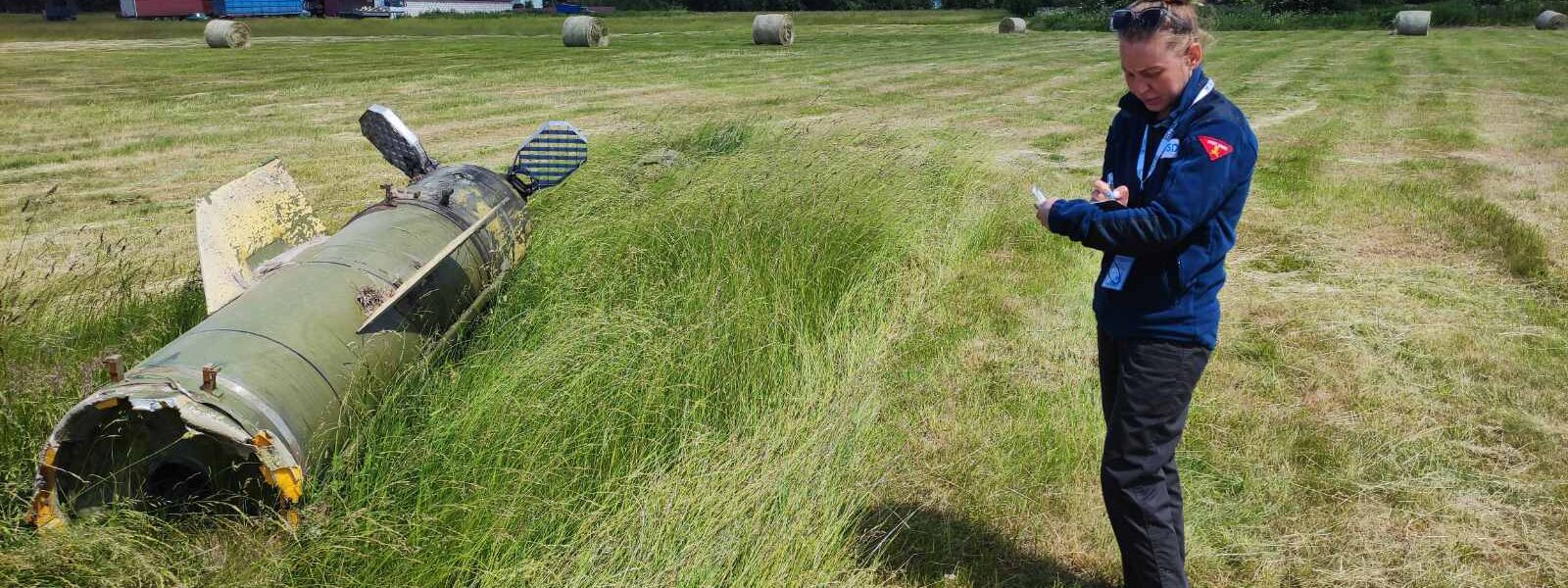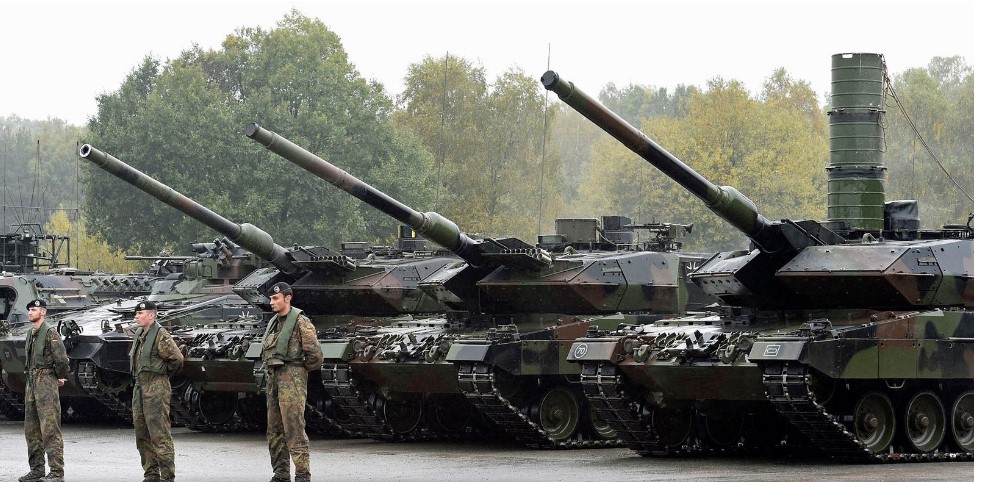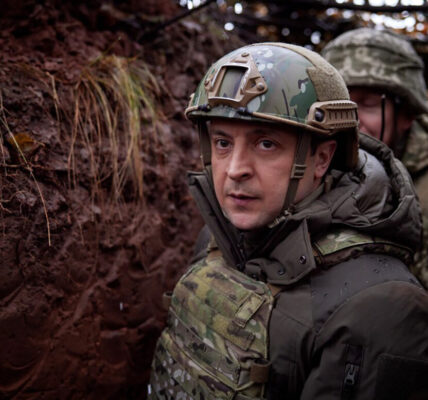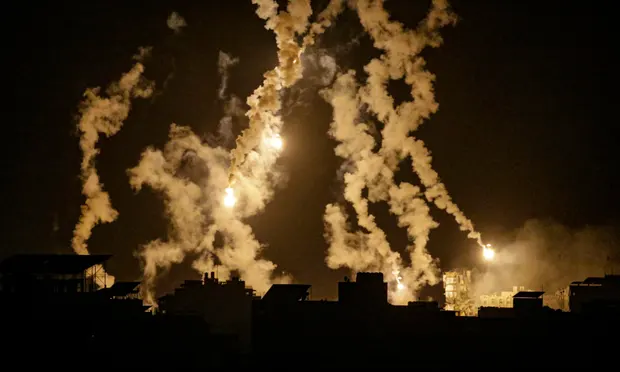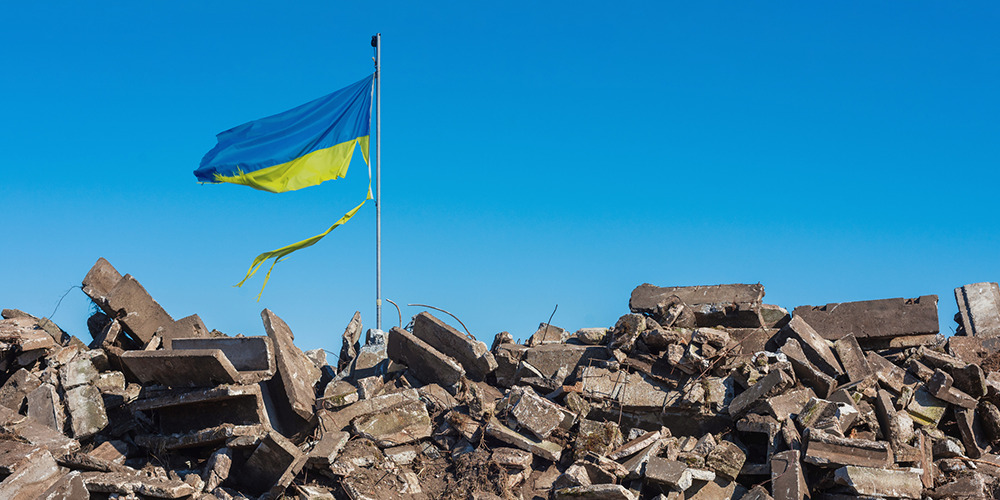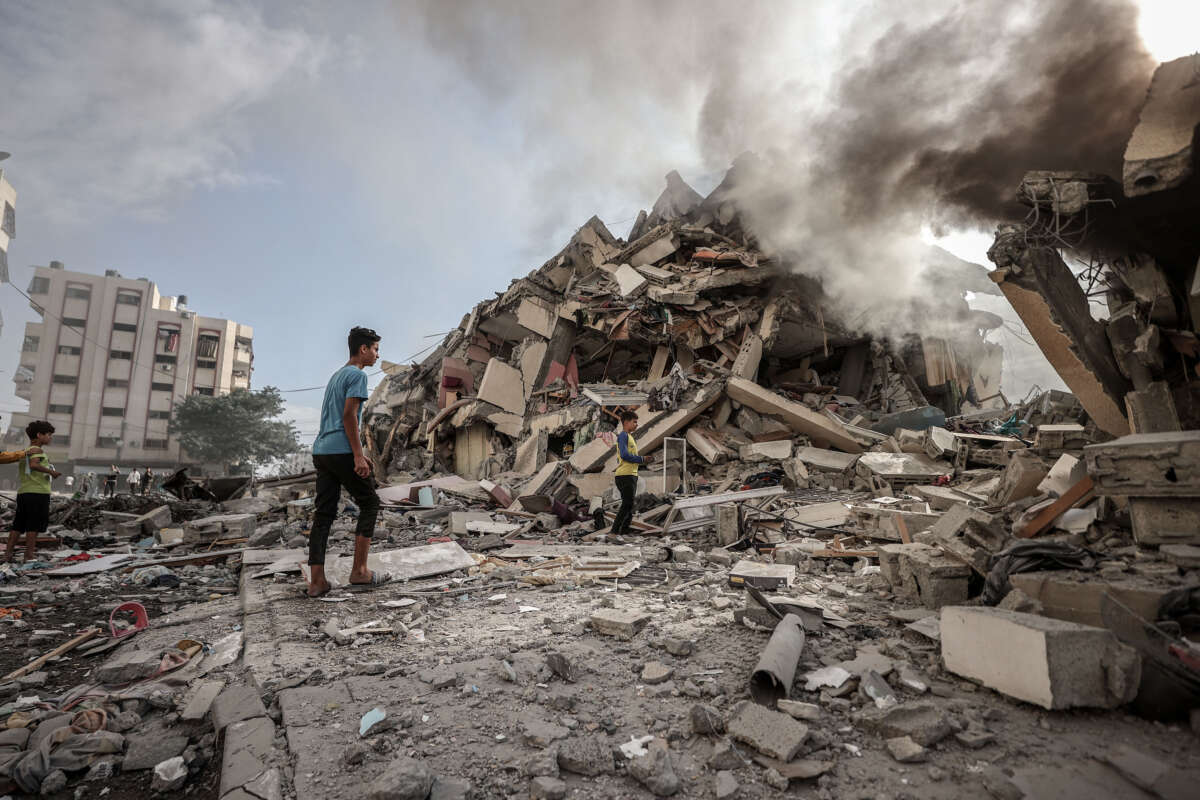Ukraine’s extensive mine contamination poses a threat to global food production, with massive landmines and explosives hindering access to vital farmland. The country, ravaged by Russia’s invasion, faces a daunting task, with over 6 million acres of farmland at risk. Ukraine is launching collaborative demining efforts, aided by the US government, non-profit organisations, and a tech giant, to ensure global food security amidst extensive mine contamination.
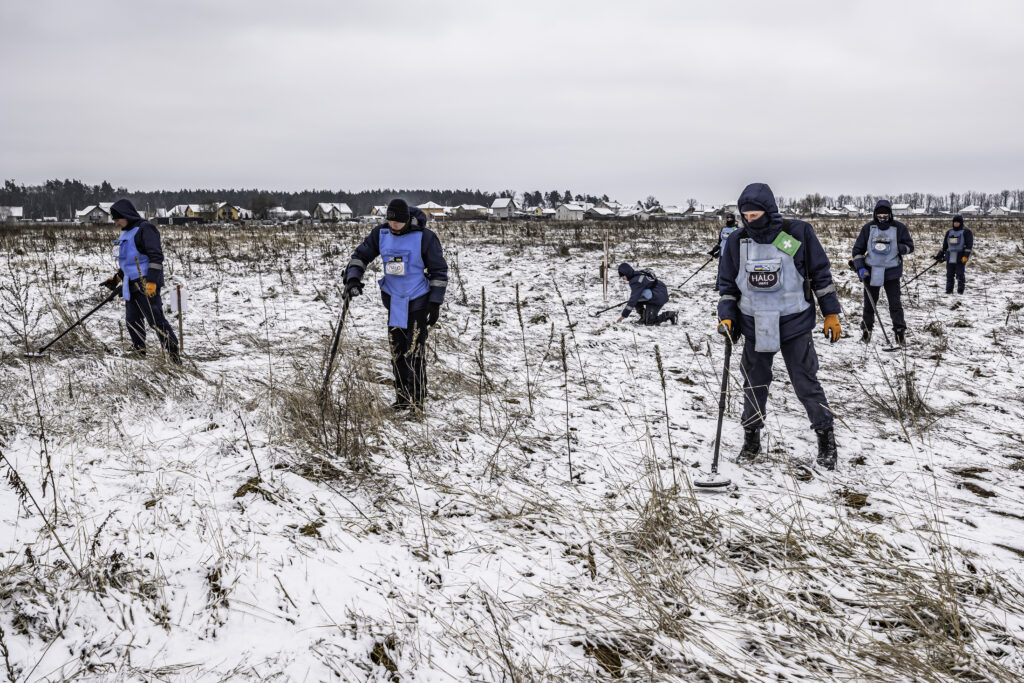
Ukraine is so heavily mined that it will impact on world food production, according to a new report.
The country is littered with massive swaths of landmines, unexploded ordnance and improvised explosive devices in Russia’s unlawful war and full-scale invasion. It is often cited as the most mined country in the world.
In September 2023, the Ukrainian Government estimated that approximately 174,000 square kilometres (42,996,336 acres) of its land might contain explosive hazards. The U.S. Conventional Weapons Destruction Program further assesses that these hazards cover 6,177,625 acres of farmland crucial for feeding 82 million people worldwide.
The minefields are blocking access to farmland, impeding recovery efforts and preventing displaced families from returning to their homes, according to the Swiss non-governmental organisation, Fondation Suisse de Déminage (FSD) specialising in mine action.
The tales of war devastation and land contamination are chronicled in “To Walk the Earth in Safety,” a publication by the Office of Weapons Removal and Abatement within the U.S. Department of State’s Bureau of Political-Military Affairs (PM/WRA). PM/WRA’s core mission is to mitigate the adverse global impact of at-risk, illicitly proliferated, and indiscriminately used conventional weapons of war, supporting programs for their destruction.
U.S. Assistant Secretary of State, Jessica Lewis writes in the report that the Russia’s invasion of Ukraine and contamination of farmland with mines is worsening the global food crisis.
The contaminated farmland, Lewis emphasises, is directly linked to global food security prompting the United States to invest over $182 million since the invasion of Ukraine to aid the government of Ukraine address this humanitarian challenge.
“Our programs in Ukraine and around the world safely remove landmines and explosive remnants of war, helping displaced persons and refugees return home safely and facilitating economic security and prosperity,” she said.
A joint report by the World Bank and the Ukrainian Government estimates the cost of removing explosive hazards in Ukraine at $38 billion. Consequently, Ukraine is seeking international deals and support to clear thousands of square miles of mines and explosives.
Tech Giant Palantir Strikes Deal to Aid in Clearing Mines

Ukraine has enlisted the expertise of Silicon Valley billionaire Peter Thiel to tackle the daunting task of clearing thousands of square miles of mines and explosives. In a landmark agreement inked in March 2024 with Palantir, the company’s cutting-edge technology will be deployed to bolster the Ukrainian Government’s efforts to demine 80 per cent of affected land within a decade.
- The agreement delineates specific areas of cooperation, including:
- Digitisation of humanitarian demining operations and process automation in accordance with the National Mine Action Strategy until 2033.
- Enhancement of digital capabilities for coordinating land release and assessment, prioritising regions, and managing risks in mine action.
- Leveraging Palantir’s Artificial Intelligence Platform (AIP) to provide decision-making assistance in mine action.
Yulia Svyrydenko, First Deputy Prime Minister and Minister of Economy for Ukraine, said: “Humanitarian demining is a first stage in Ukraine’s recovery process. Currently, an estimated 156,000 square kilometres of Ukrainian land are potentially contaminated, putting over 6 million people at risk in these areas. That is why accelerating humanitarian demining, particularly through collaboration with technological companies like Palantir, can contribute to the safety of millions of people and expedite Ukraine’s reconstruction”.
How Kamianka, a Liberated Ukrainian Village, Embarks on Reconstruction
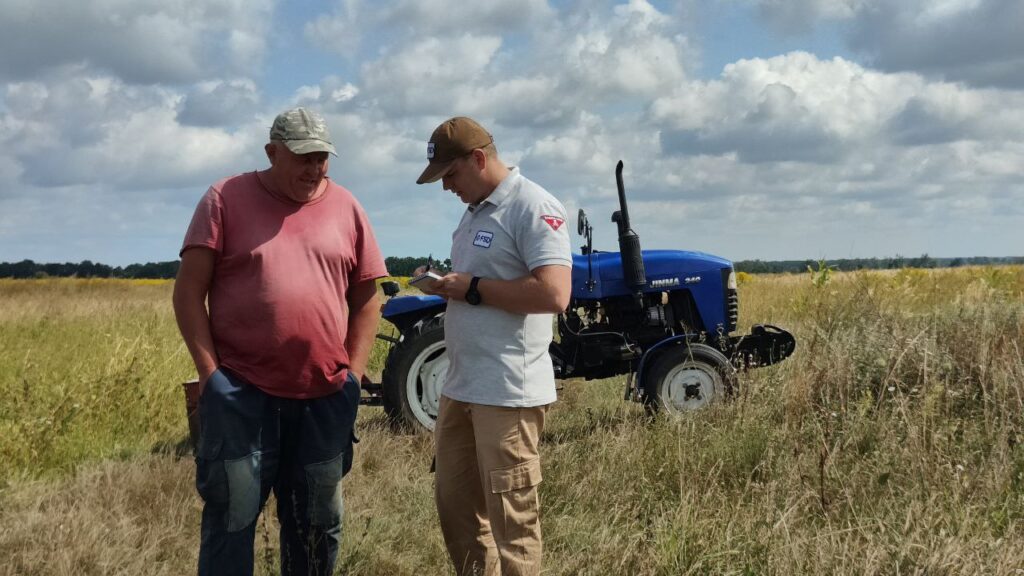
An example of the dangers of explosive hazards in Ukraine, is Kamianka, a rustic settlement in the east of the country that experienced brutal fighting during the summer of 2022. Ukrainian troops finally retook Kamianka as part of a counter-offensive that liberated large parts of Kharkiv Oblast from Russian invaders.
The war destroyed most of the houses in the village, but one resident Volodymyr K told a team from (FSD) that is helping to clear mines, “Even if only the foundations of our house were left, we would start rebuilding our home.”
The months of combat with Russian forces left the surrounding lands contaminated with explosive hazards. This has meant that Volodymyr is unable to continue farming, which he has done for 23 years as his fields are no longer safe to work.
“Accidents happen on a regular basis,” Volodokmyr recounts and he knows of farmers who were killed by explosive ordnance while they were waiting for the FSD to arrive. “They decided not to wait for assistance and started clearing the land by themselves,” he said.
Another resident of Kamianka, Larisa S said the settlement was sown with Russian anti-personnel mines.
Larisa knows of ten victims who were injured in Kamianka alone. She recounted how one man’s eye was damaged when an anti-personnel mine exploded, while others had their feet torn off. A 14-year-old boy was also injured.
In response to the danger, FSD has embarked on the urgent task of clearing explosive hazards from the village and its surroundings, supported by funding from the United States Department of State’s Office of Weapons Removal and Abatement. Since deploying to Kamianka, FSD’s demining assets have swept over 535,000 square metres (132 acres) of land so far, destroyed more than 50 Russian anti-personnel mines, and discovered numerous unexploded 152 mm projectiles.

The residents in Kamianka described the help of FSD as a sunrise. Volodymyr said he was now starting to see a bright future and realised that the process is not fast, he needed to be patient.
HALO Trust Clears 19,000 Mines and Explosives in Ukraine
Since 2015, the HALO Trust has been at the forefront of mine clearance efforts in Ukraine, emphasising the nation’s significance as “the breadbasket of the world.” With agricultural land devastated by mines and explosives, HALO estimates that as many as 2 million landmines may have been laid since February 2022.
“Our operations have achieved significant milestones since 2022, releasing over 3.15 million square metres of land for safe use, including vital agricultural areas crucial for food security,” states HALO. Ukraine traditionally contributes six per cent of all calories traded on the global market. Before the conflict, alongside Russia, it accounted for a quarter of global wheat and grains exports and 80 percent of sunflower oil exports.
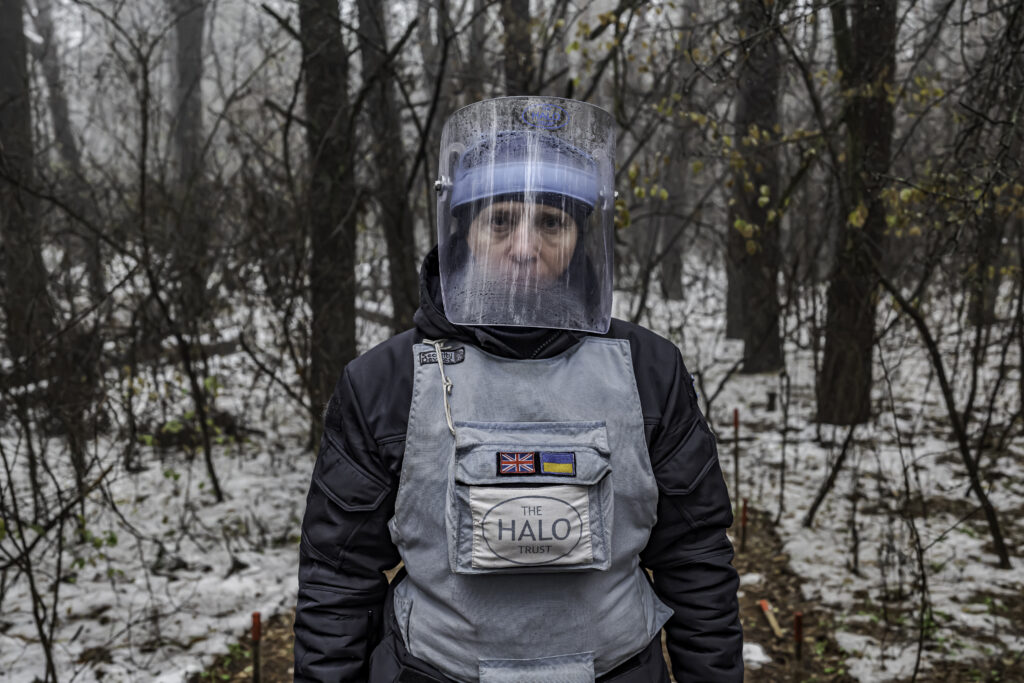
Despite progress, the toll of landmines remains dire, with over 1,000 civilian casualties recorded by HALO, including around 300 fatalities. Forty percent of accidents involve anti-vehicle mines, while 32 per cent stem from anti-personnel mines.
HALO’s operations face intricate challenges, with evolving explosive threats creating a complex landscape. In regions like Mykolaiv and Kharkiv, over 70 per cent of minefields or battle areas surveyed by HALO contain tripwire devices, magnetic influence mines activated by metallic objects, or seismic influence mines triggered by earth vibrations.
Over the past two years, HALO has significantly ramped up its efforts, employing over 1,200 Ukrainian staff, nearly 30 percent of whom are women. Their endeavours have led to the clearance of more than 19,000 mines and explosives, with evaluations conducted in 1,600 communities, nearly half of which have been declared safe for habitation once again.
Dreaming of the end of the war
In Kamianka, as the FSD teams make headway with their demining efforts, the residents harbour dreams of rebuilding their village and yearning for the end of the war.
Larisa, a resident of Kamianka, shared that witnessing another part of Kamianka being de-mined inspires hope. “With every square metre cleared, we can envision the village returning to a peaceful life,” she said.
“With every square metre cleared, we can see the village returning to peaceful life.”

